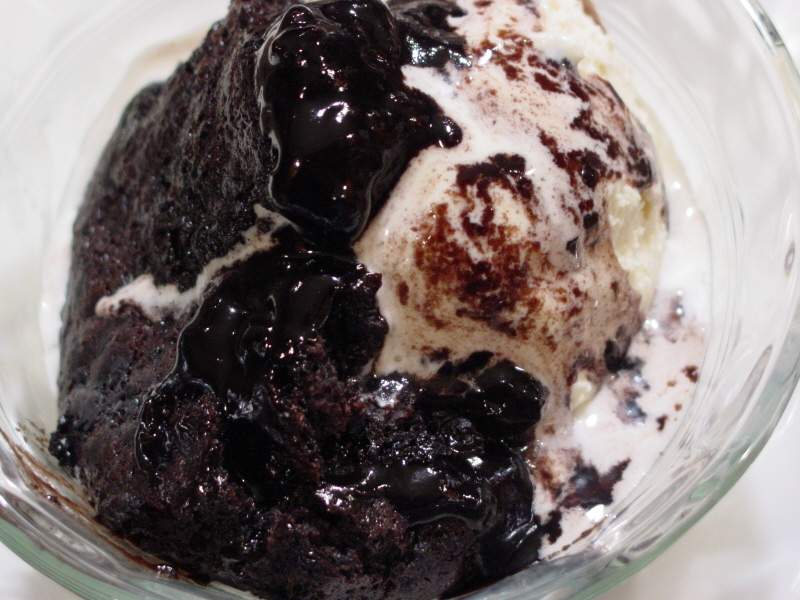Debra Wink's blog
Flouring the Work Surface
A couple weeks ago, I got the urge to bake some biscuits to go with the big pot of vegetable-beef stew I had simmering on the stove. I rarely make biscuits because we don't eat refined carbs most days. But once in a while, I just get a craving for old-fashioned comfort food. And, light biscuits are still on my list of things to master before I die. Both the fluffy kind, and the flaky kind. So now, I probably have you thinking this post is about biscuits, and it really isn't.
Old-Fashioned Pudding Cake
 I
I
I was looking through my old Betty Crocker's Cookbook a while back, and came across a couple of pudding cake recipes. Does anybody else remember pudding cakes? I'm probably dating myself here. My mom made a chocolate version when I was growing up, so this was like a blast from the past. All the ingredients are usually hanging out in my pantry, so I had to whip one up right away...
The Pineapple Juice Solution, Part 2
Pineapple juice is a simple solution to a problem that many people encounter while trying to start a sourdough seed culture from scratch. Oftentimes, a new culture will appear to start off very strong, only to die a day or two later. The early expansion is caused by a prolific gas-producing bacterium which many mistake for yeast. Pineapple juice can be added to flour instead of water at the beginning, to insure against unwanted bacteria and the problems they leave in their wake.
The Pineapple Juice Solution, Part 1
You know what they say... Life is a journey. But have you ever been pulled down a path that you otherwise would have walked on by? That's what happened to me when I started playing with sourdough. I didn't even like sourdough, or so I thought until about seven and a half years ago. I was watching the food network one day, and Daniel Leader appeared as a guest on Cooking Live. He was demonstrating how to make a sourdough starter from nothing but flour and water. How fascinating! I had no idea you could do that.
